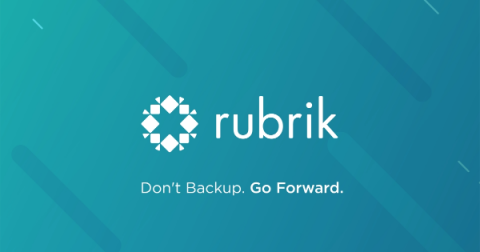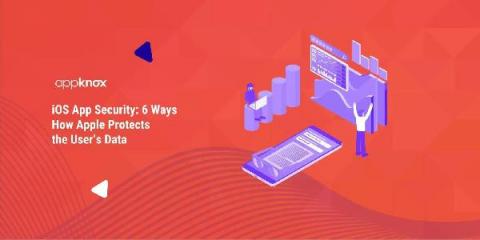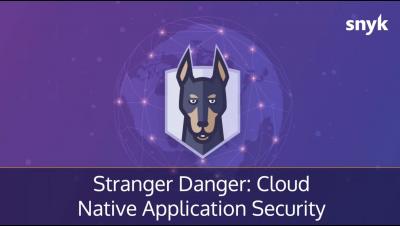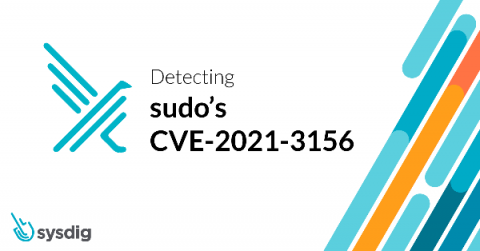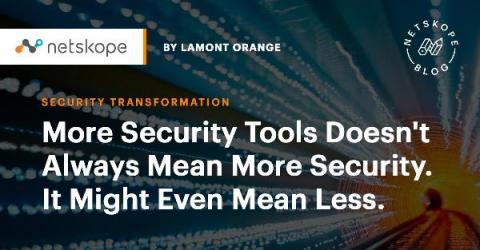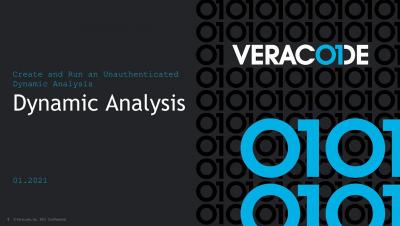Hacking Pandemic Workplace Isolation to Enhance Collaboration
Since the onset of the pandemic, many workplaces were suddenly merged into home spaces. In my case, my bedroom became my office. In this new mode of working, what I missed the most is the office chatter and the water cooler conversations which often lead to some brilliant ideas for a new project or design solutions to a technical problem.


